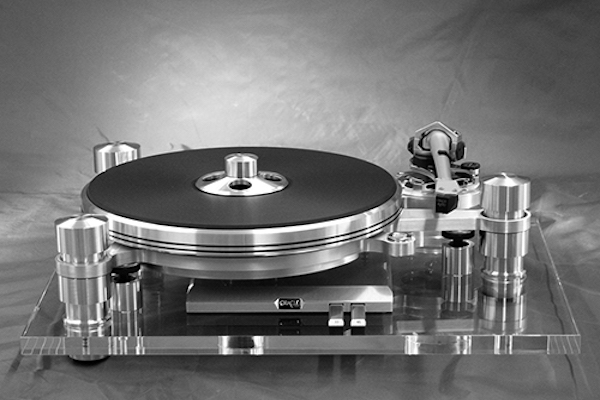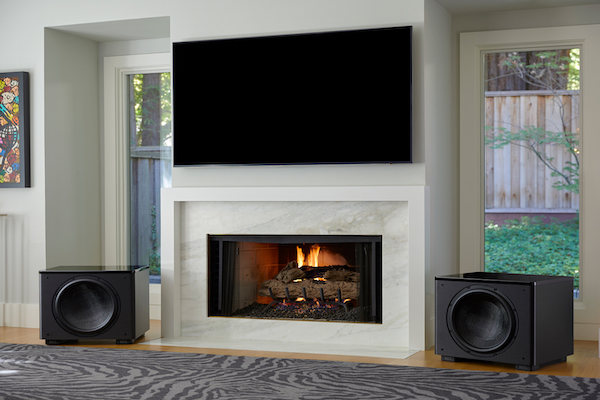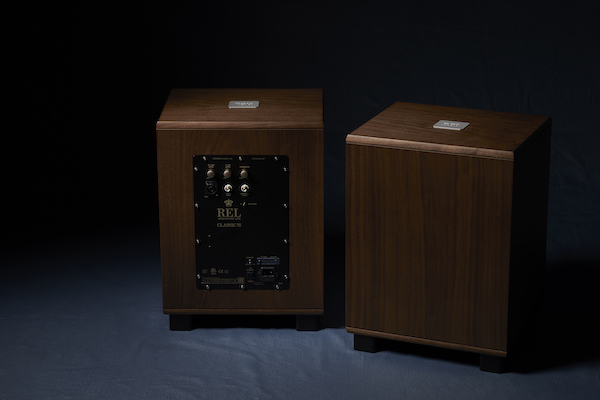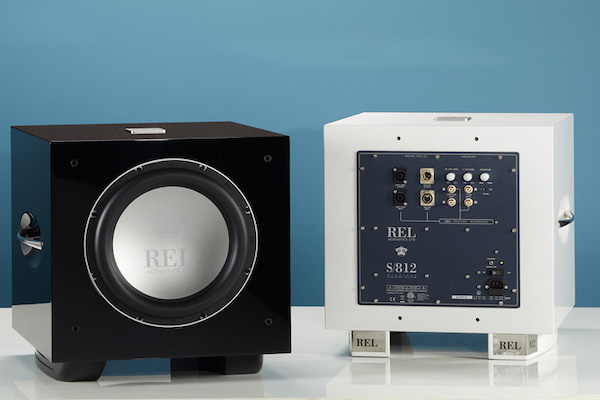Blog
Become a Wizard
Rid Thyself of Unwanted Noise
The following post is a compilation of written articles and instructional videos intended to help you identify, understand, and resolve, issues of hum and noise (buzz) in systems that use REL subwoofers.
First things first, it’s necessary to understand the difference between hum (a deep, clean continuous bass sound) and noise (a harsh, nasty buzz) as they relate to audio systems. Hum is caused by either an insufficient ground, using a correct ground in an ungrounded system, or by having different levels of ground present in the same system. This is called a “ground loop”.
All traditional RELs that feature our High-Level Input use a conventional fully grounded a/c (mains) connection with a 3-prong a/c plug. All Serie HT, as well as our newer Classic model, use Class D amplifiers with a simple double-isolated system that does not feature a true (2-prong connection) ground. Both of these options work well and can be intertwined in REL 3D systems.
Issues that produce ground can arise from a variety of origins. It’s important to understand that a fully grounded subwoofer (using a 3-prong power cord) in an otherwise 2-prong system will always result in a grounded subwoofer humming. This is because the (3-prong) subwoofer in this system is closest to the ground and hum follows the path of least resistance.
RELtip™:
In all cases, the first thing to identify is whether the hum is present on every input. Often, customers will call in and say they have a hum, but, when prodded, admit that they only have it on a single input, most frequently a satellite or cable TV system. Look for the article featuring a ground isolating transformer made by the legendary Dean Jensen Company (they made the amazing microphone transformers used in every great rock, pop, or rhythm and blues recording.)
If the noise is only present when you’re playing records above a certain volume… that’s not hum folks, that’s your lightweight, unsuspended turntable tonearm. This often is emitted as a rumble and gets increasingly louder until you turn the volume down. Think about it like this… The stylus on a turntable is like a very sensitive microphone. Turntables truly play full range, even subsonic frequencies. What ends up happening is the energy coming from your system travels through the floor, into the turntable and ends up as a vibration that the stylus picks up. Turntables using a spring suspension exist for a reason, they isolate the tonearm arm to prevent feedback and it works beautifully. Turntables that rely only on feet to isolate the turntable can’t handle the energy coming through the floor. In short, you need better isolation to solve this “problem”.
These and more issues and fixes are included among the articles and videos below. We hope these tips help you, our customers, find the source of any issues and resolve them.
Enjoy the Music (and Movies!)
Eliminating Interference and Hum Resources
Other Tuning Tips While We’ve Got Your Attention
Thank you for reading our latest blog. We strive to provide content that’s both entertaining and educational.
If you have questions or suggestions for future articles, reach out to us at contactus@rel.net. We value your input and will do our best to respond within a few days.
With over 160 years of combined experience, we’re committed to making your audio experience exceptional. If you found value in this piece, please share it with friends who might benefit.

















